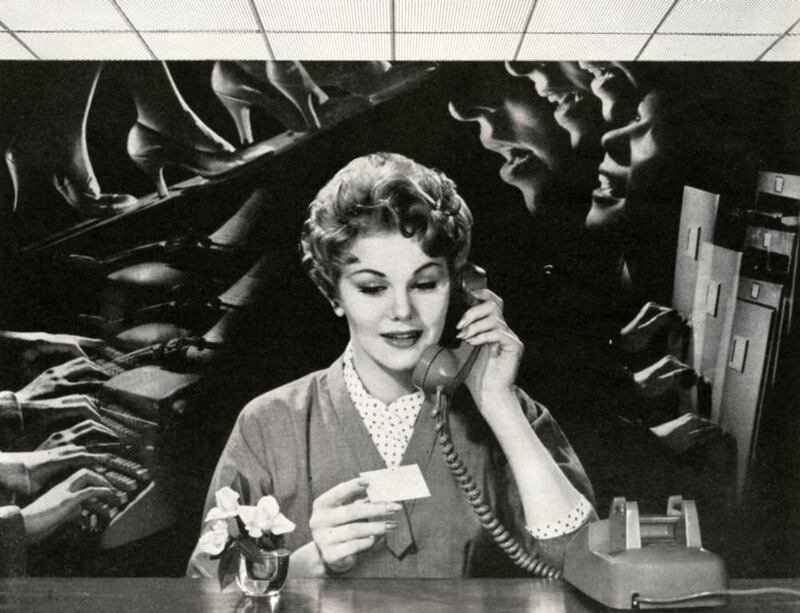Every three minutes. That’s how often the average office worker is interrupted or distracted. And the disturbance either comes from colleagues, or one of the 204 million emails sent per minute (that we look for 30 times an hour) or one of the 221 tasks we’re running on our smartphones per day or one of the eight windows open on our computer.
All that distraction makes it hard for us to be productive, according to the office furniture company Steelcase. It says the brain saps 20 per cent of the body’s energy – more than any other organ – making it physiologically impossible to engage in eight straight hours of controlled, focused attention.
“We long to be more effective but the harder we try, the more tired our brains become,” says Donna Flynn, vice president of Steelcase Workspace Futures. “Attention meltdowns are epidemic.”
Steelcase says there are three distinct brain modes which need different settings and spaces. The first is deep focus, which requires avoiding unwelcome external or internal distractions. The second is regeneration, where rest gives the brain time out. And the third is activation – where movement can motivate the brain.
Their Middle East survey showed 35 per cent of workers cannot focus because of loud conversations, chatty colleagues and email overload. Steelcase recommends library zones with phone bans to cut distractions.
Some 59 per cent of those polled said their offices did not offer space for workers to relax and rejuvenate. For this, Steelcase recommends social zones, coffee bars or informal lounges.
And almost a third of Middle Eastern workers said they cannot easily move around or change position. Steelcase advises the use of treadmill or moveable desks – or even stand-up meetings.
“There is no single type of optimal work setting – the right balance needs to be found. This goes far beyond the traditional notion of open versus private offices,” says Andy Morris, Steelcase’s sales director for the Middle East.
Emma Carbery of The Workplace Yogi says office staff should change posture in their chair every 20 minutes to allow different muscle groups to engage and relax, and take a walk or do standing stretches every 90 minutes.
“It is possible for employees to renew their energy and look after their well-being and focus regardless of the physical environment,” she says, adding that turning off your phone and desktop notifications and even putting a “focus time” sign on your desk can also help.
Q&A
Why is all this distraction bad?
Scientists say that multi-tasking is actually just rapidly switching attention between things and can increase your error rate by 50 per cent. It is better to get into what the psychologist Mihaly Csikszentmihalyi calls “flow” – when you are completely immersed in a task or challenge, which is our most productive state.
Who decided we should work eight hours a day anyway?
During the Industrial Revolution in Britain, the reforming industrialist Robert Owen came up with the idea of an eight-hour day and 40-hour work week, to reduce the factory working life from 16 to 10 hours a day and six days a week.
Where did the open-plan office come from?
In the US in the late 19th century, architects used cast-iron girders to open up larger spaces within a building, putting clerics in rows of desks and bosses in corner offices with a monopoly on windows. Then in the 1950s, German designers came up with the concept of Burolandschaft – office landscaping with work zones, an open layout encouraging interaction between departments.
Does my attention span change naturally?
According to 2012 research, circadian rhythms affect performance – sensory, verbal and motor skills, reaction time, memory and arithmetic. At the start of the day you have most self-control and attention, so that’s when it’s best to do focus work.
business@thenational.ae
Follow The National's Business section on Twitter





